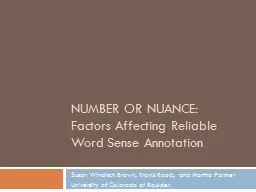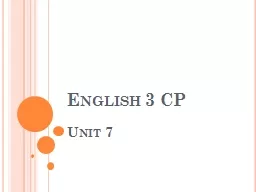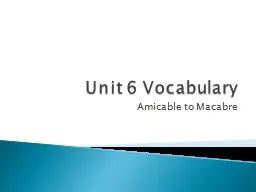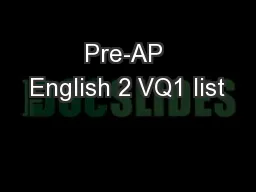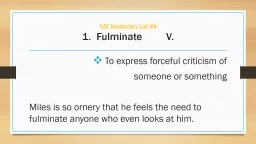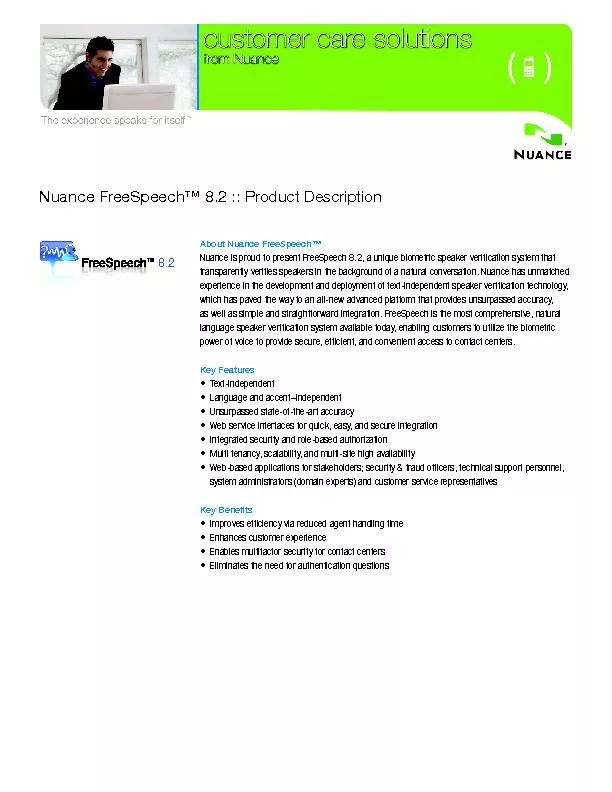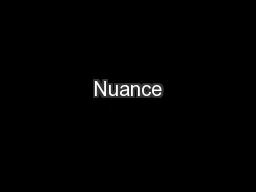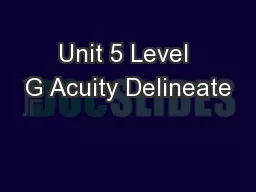PPT-Number or Nuance:
Author : phoebe-click | Published Date : 2017-12-02
Factors Affecting Reliable Word Sense Annotation Susan Windisch Brown Travis Rood and Martha Palmer University of Colorado at Boulder Annotators in their little
Presentation Embed Code
Download Presentation
Download Presentation The PPT/PDF document "Number or Nuance:" is the property of its rightful owner. Permission is granted to download and print the materials on this website for personal, non-commercial use only, and to display it on your personal computer provided you do not modify the materials and that you retain all copyright notices contained in the materials. By downloading content from our website, you accept the terms of this agreement.
Number or Nuance:: Transcript
Download Rules Of Document
"Number or Nuance:"The content belongs to its owner. You may download and print it for personal use, without modification, and keep all copyright notices. By downloading, you agree to these terms.
Related Documents

